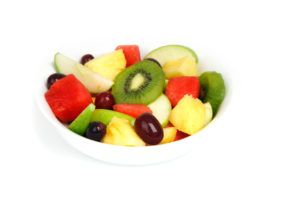
source: publicdomainpictures.net
This all started on Twitter because why not?! It all began with an amusing, yet utterly random, “favorite fruit ranking” tweet–as silliness often begins–and some of us just felt the need to keep it going.
Here’s my top five and bottom of the list…
- Apples: super-versatile. I can eat apples every day, preferably in applesauce form (although we tend to eat our way through the orchard when we go apple picking each Fall). Best. Fruit. Evar.
- Bananas: another versatile fruit, though it avoids #1 status by virtue of its uncanny ability to go from ripe to over-ripe when you turn your back for a hot second. Only the avocado messes with you more when it comes to its ripening schedule (and the banana at least gives you visual cues).
- Grapes: potential winner of “Best Utility Fruit” awards just for their fermented goodness, grapes have been a favorite of mine since they stopped being a choking hazard. LOVE LOVE LOVE grapes.
- Watermelon: far less versatile than the others on the list, but boy is this a fantastic fruit salad anchor. If nothing else, you can spit seeds on friends and family, which also makes it “Most Entertaining Fruit”.
- Cantaloupe: sweet and also rather perfect for a fruit salad, yet not always as refreshing as watermelon. Still–A++ in terms of melony-goodness.
…
…
…
- Cherries: I just don’t get the thing with cherries. They’re a bit too sweet, they have these pits that are designed to kill you, and their primary claim to fame is either as an adornment for a child’s alcohol-free bar drink or for how their stems can be deftly tied by the tongue of a certain young resident of Twin Peaks.
OK folks: what are your top 5, and your least favorite? Use the comments below to post your list. (Please note that, for this exercise, you should ignore things that are often classified as vegetables, like tomatoes, avocadoes, etc.).

